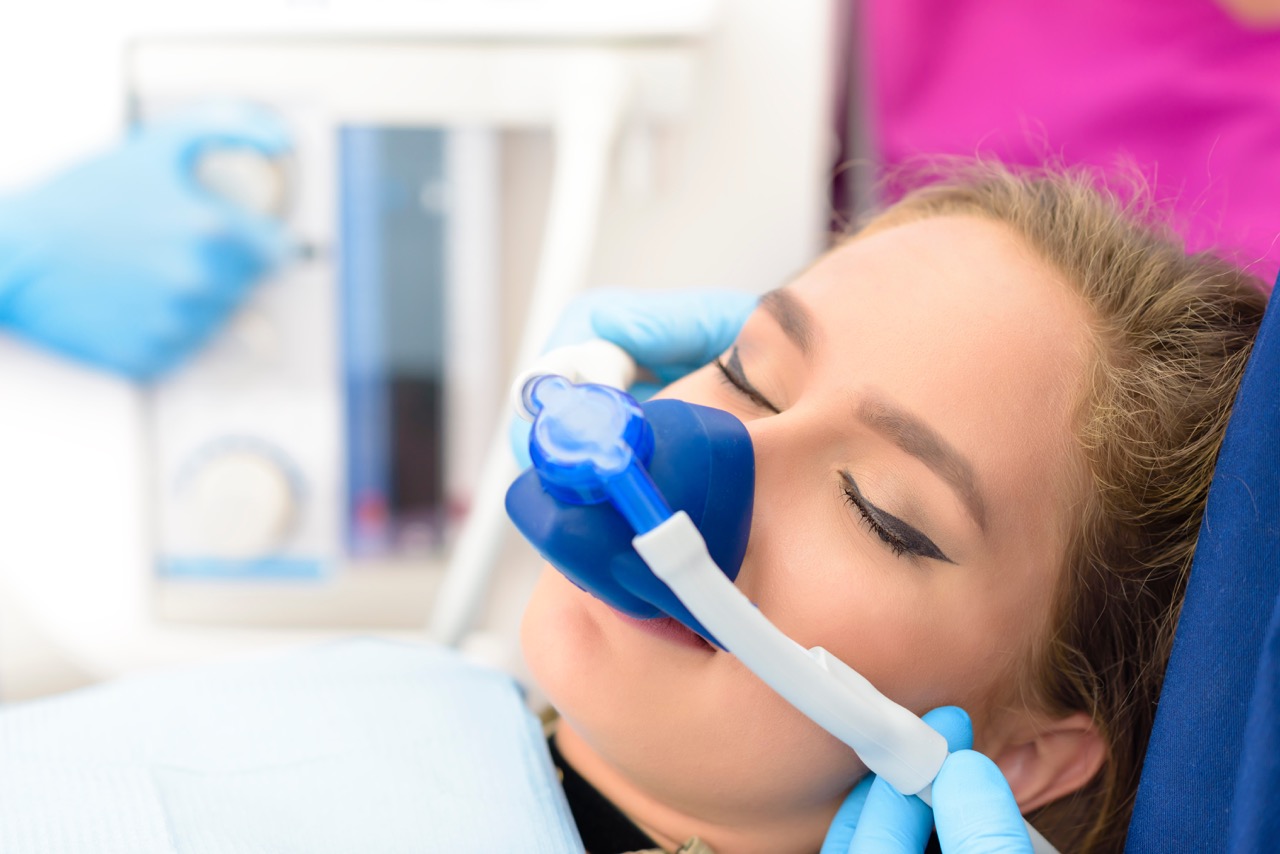Going to the dentist can be a daunting experience for children, especially those who are overly anxious or afraid. Dental sedation can help provide a more comfortable experience for young patients by helping them relax and reducing pain and discomfort. In this blog post, we’ll cover everything you need to know about dental sedation for pediatric dentistry.
What is dental sedation?
Dental sedation involves the use of medication to help patients relax during dental procedures. There are different types of sedation methods, including:
- Nitrous oxide (laughing gas)
- Oral sedation (pills)
- IV sedation (intravenous medication)
- General anesthesia (putting the patient to sleep).
Each method has its benefits and risks, and the choice of sedation method will depend on the patient’s age, health status, and the type of procedure being done.
Why is dental sedation used for pediatric dentistry?
Dental sedation is commonly used in pediatric dentistry to help alleviate anxiety and fear, especially in children who are too young or uncooperative to sit still for a dental procedure. Sedation can also help reduce pain, increase comfort, and make the experience less traumatic for children. Additionally, it can help the dentist complete the procedure more quickly and effectively.
How is dental sedation administered and monitored?
The administration of dental sedation should only be done by a trained and experienced dental professional. Before the procedure, the dentist will review the patient’s medical history, discuss sedation options, and explain potential risks and benefits. During the procedure, the patient’s vital signs will be monitored, including heart rate, blood pressure, and respiratory rate. The dentist will also make sure the patient is adequately sedated and comfortable throughout the procedure. After the procedure, the patient will be monitored until the effects of the sedation wear off.
Before and after care sedation
Preparing Your Child for a Dental Visit with Sedation To help your child have a positive experience at the dentist, there are a few things you can do at home before the procedure:
BEFORE
- Before the procedure, make sure your child only has liquid foods.
- Dress your child in comfortable, loose-fitting clothes.
- Inform the dentist about any medications that your child is currently taking, be it prescription or over-the-counter.
- Don’t forget to bring along their favorite toy or comfort item – such as a stuffed animal or small toy – to help your child feel at ease.
Here are some instructions for taking care of your child after their procedure:
AFTER
- Keep an eye on your child after the treatment.
- Offer them easy-to-eat foods like warm soups, mashed veggies, or smoothies to prevent mouth discomfort.
- Make sure your child drinks plenty of water to stay hydrated.
- If there is any swelling, you can use an ice-pack to help reduce it.
Remember that it’s normal for your child to feel groggy, uncoordinated, nauseous, or even to giggle uncontrollably due to the sedation.
Side effects of sedation
Although dental sedation is generally safe for children, there are still potential risks involved. The most usual side effects of dental sedation are dizziness and nausea, which usually disappear once the procedure is completed. However, some rare cases may experience more severe side effects, such as low blood pressure or an irregular heartbeat.
Although serious side effects are uncommon, you should be aware of the possible effects that your child may experience while under sedation. Below is a list of these effects.
- Dizziness
- Nausea
- Vomiting
- Drowsiness
- Confusion
- Irregular heartbeat
- Low blood pressure
Conclusion
In conclusion, dental sedation is a safe and effective way to help children feel more comfortable and relaxed during dental procedures. It can help alleviate anxiety and fear, reduce pain and discomfort, and make the experience less traumatic for young patients. However, it is important for parents to choose a qualified and experienced dental professional who can administer and monitor sedation properly.
At Timpanogos Pediatric Dentistry, we understand the importance of providing a positive and stress-free dental experience for children. That’s why we offer a variety of sedation options and take the time to explain the benefits and risks to parents before any procedure. If you have any questions or concerns about dental sedation for your child, please don’t hesitate to contact us. We are here to help!





